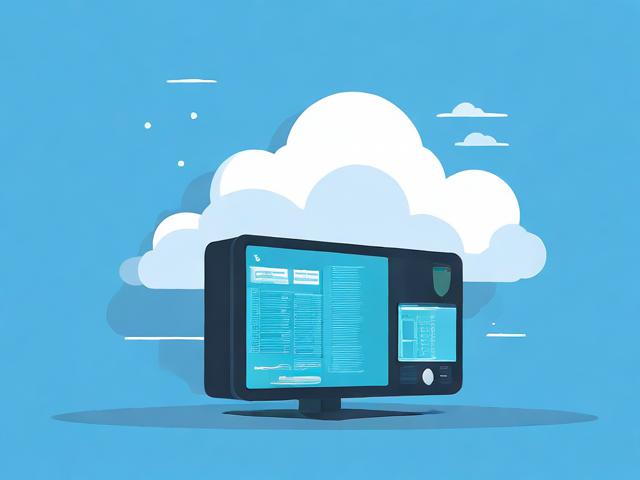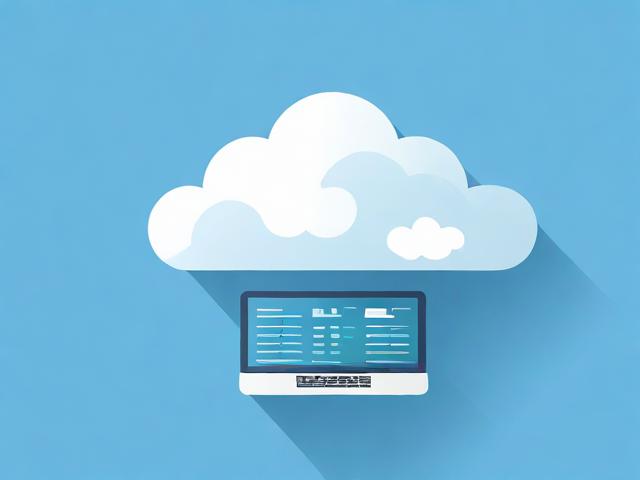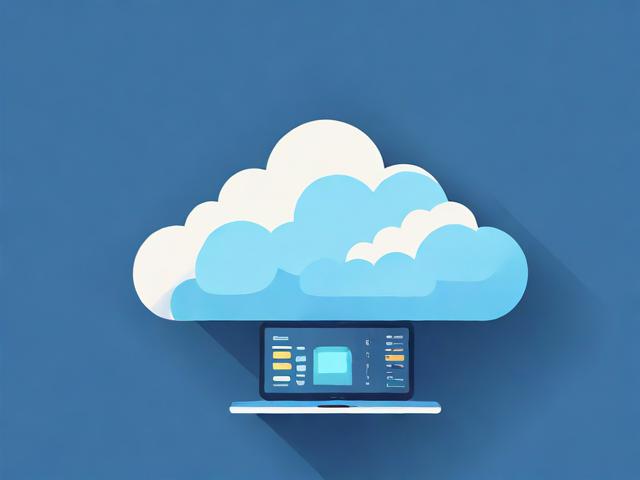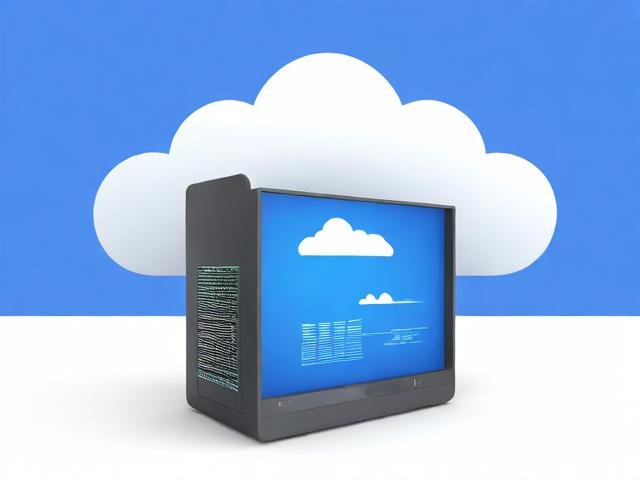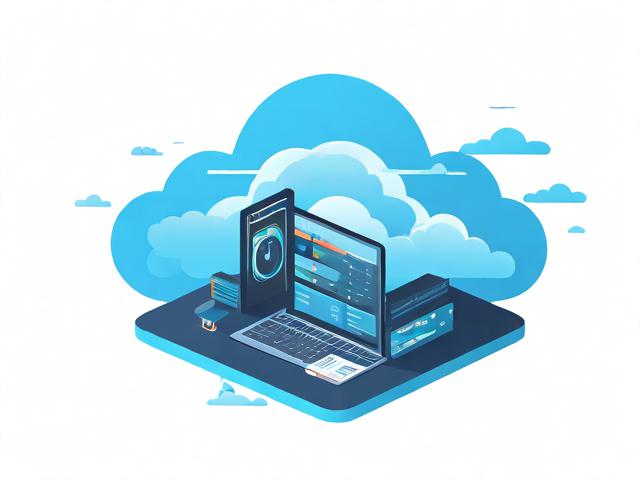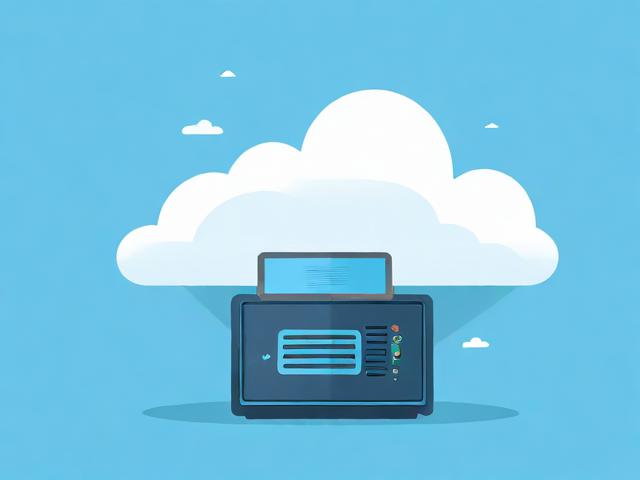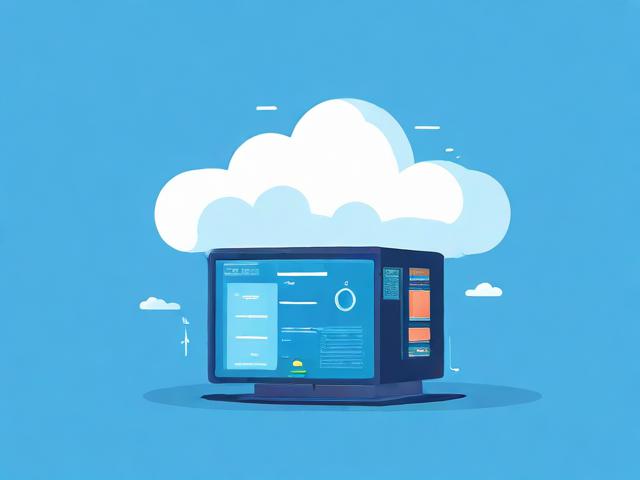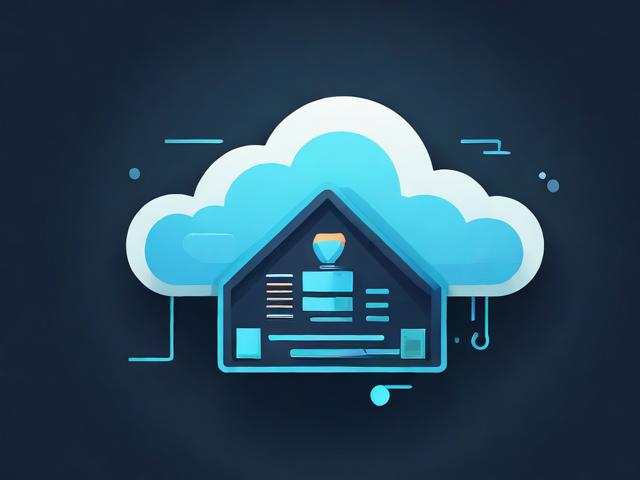存储过程传递参数
- 行业动态
- 2025-02-23
- 2
存储过程是数据库中一组为了完成特定功能而预先编译好的SQL语句集,它们可以接受输入参数、执行复杂逻辑并以多种方式影响数据库状态,传递参数给存储过程允许调用者指定运行时所需的动态数据,这使得存储过程更加灵活和强大。
存储过程传递参数的方式
存储过程的参数通常可以分为以下几类:
1、输入参数(IN):这些是从调用程序传递给存储过程的值,存储过程可以使用这些值进行操作,但不会修改它们的值。
2、输出参数(OUT):这些参数用于从存储过程返回一个或多个值到调用程序,存储过程中对这些参数的赋值会反映在调用程序接收到的值上。
3、输入输出参数(INOUT):这些参数既可以作为输入也可以作为输出,存储过程可以读取其初始值,并在执行过程中修改它。

4、结果集:某些存储过程可能不直接返回值,而是通过游标或结果集的形式提供数据。
创建和使用带参数的存储过程
以下是一个简单的例子,展示了如何创建一个带有输入和输出参数的存储过程,以及如何在应用程序中调用它。
创建存储过程
假设我们有一个员工表employees,我们希望创建一个存储过程来根据员工ID获取员工姓名,并计算该员工的工龄。

DELIMITER //
CREATE PROCEDURE GetEmployeeDetails(
IN emp_id INT,
OUT emp_name VARCHAR(100),
OUT years_of_service INT
)
BEGIN
SELECT name, TIMESTAMPDIFF(YEAR, hire_date, CURDATE())
INTO emp_name, years_of_service
FROM employees
WHERE id = emp_id;
END //
DELIMITER ;
调用存储过程
在应用程序代码中,我们可以这样调用这个存储过程:
CALL GetEmployeeDetails(123, @name, @service); SELECT @name AS EmployeeName, @service AS YearsOfService;
表格:存储过程参数类型及用途
| 参数类型 | 描述 | 示例 |
| IN | 输入参数,只读 | IN emp_id INT |
| OUT | 输出参数,可写 | OUT emp_name VARCHAR(100) |
| INOUT | 输入输出参数,可读写 | INOUT counter INT |
| 无类型 | 结果集,通过游标或直接查询返回 | 无 |
FAQs
Q1: 存储过程的参数可以是哪些数据类型?
A1: 存储过程的参数可以是任何有效的SQL数据类型,如整数、浮点数、字符串、日期等,甚至可以是自定义的数据类型或复杂的数据结构,具体取决于所使用的数据库管理系统。
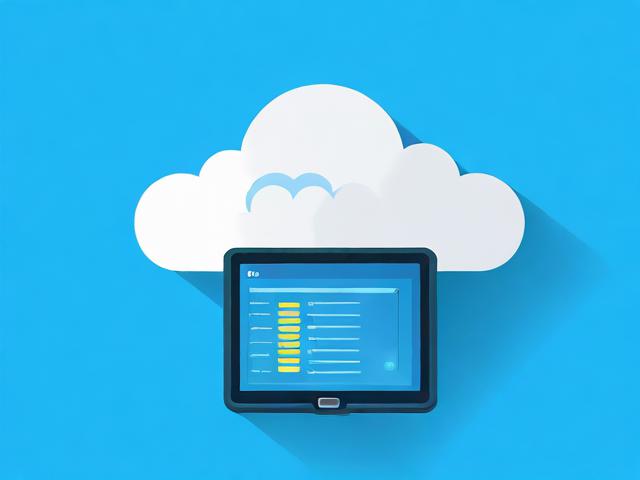
Q2: 如果存储过程有多个输出参数,应该如何处理?
A2: 当存储过程有多个输出参数时,你需要在调用存储过程后分别处理每个输出参数,这通常涉及到为每个输出参数声明一个用户变量,并在调用存储过程后选择这些变量以获取它们的值。
小编有话说
存储过程是数据库编程中的一个强大工具,它们不仅可以封装复杂的业务逻辑,还可以提高代码的重用性和性能,通过合理地使用输入和输出参数,你可以让存储过程更加灵活和通用,从而更好地满足不同的业务需求,记得在使用存储过程时,要考虑到性能优化、错误处理和安全性等因素,以确保你的数据库应用既高效又可靠。



